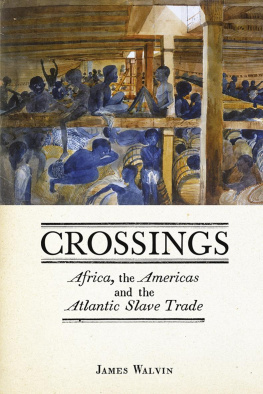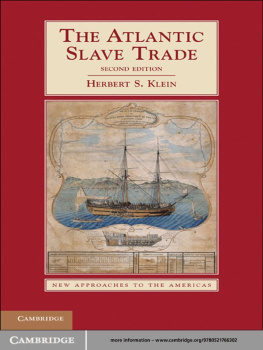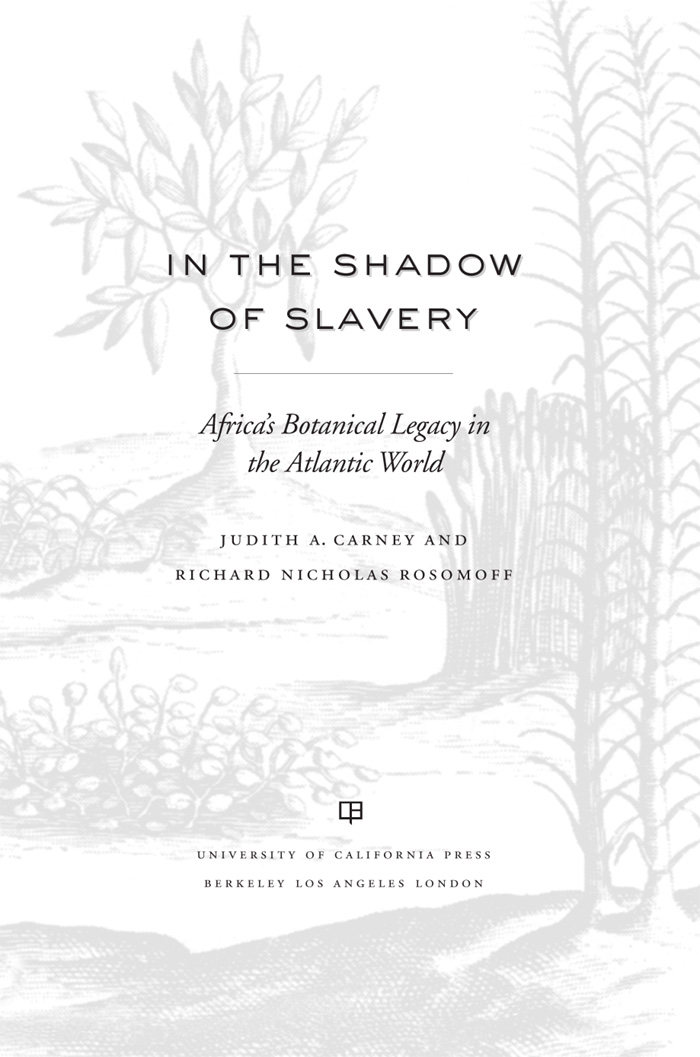ONE
Food and the African Past
Anansi, the great spider of venerable memory, gathered all of the worlds wisdom into a gourd. Seeking to safeguard this wisdom for future generations, he hung the gourd high in a tree. But he failed. The gourd fell and broke, and wisdom was scattered far and wide.
Akan proverb
Unumbotte made a human being. Its name was Man. Unumbotte next made an antelope, named Antelope. Unumbotte made a snake, named Snake. At the time these three were made there were no trees but one, a palm. Nor had the earth been pounded smooth. All three were sitting on the rough ground, and Unumbotte said to them: The earth has not yet been pounded. You must pound the ground smooth where you are sitting. Unumbotte gave them seeds of all kinds, and said: Go plant these.
Bassari legend
OUR AWARENESS OF AFRICA BEGINS as the place where our hominid ancestors evolved. But it remains a Dark Continent in terms of broader understanding of what African peoples accomplished in the millennia preceding the transatlantic slave trade, when the continents history again comes into focus for modern audiences. Unexamined views of Africa carry the presumption of a continent on the sidelines of world history, where little occurred until the Atlantic slave trade swept away millions of its people. In the New World, so these views maintain, Europeans taught their unskilled bondsmen to plant crops and tend animals. Nevertheless, one of the remarkable achievements of Africans over the past ten thousand years was the independent domestication of plants and animals for food. These African species journeyed to Asia in the second and first millennia B.C.E. and, later, profoundly shaped the food systems of plantation societies of the Americas.
African contributions to global plant history, however, are largely unacknowledged and seldom appreciated. In the popular image, Africa is a place of hunger and starvation, a continent long kept alive by food imported from other parts of the world.
But this modern perception belies a very different history. In ancient times, African cereals transformed the food systems of semiarid India by providing grain and legumes suitable for cultivation. Domestication of animals and plants in Africa thousands of years ago instigated a continuing process of indigenous experimentation and innovation, a process that incorporated species later introduced from other continents. From these immigrant species, Africans developed new cultivars and breeds that strengthened the capacity of food systems to provide daily subsistence. By the time Europeans visited the west coast of Africa in the fifteenth century, they found a land whose bounty provoked admiring commentary. In the words of the seventeenth-century Luso-African trader Lemos Coelho: The blacks have many foodstuffs such as [guinea] hens, husked rice (all high-quality and cheap), plenty of milk, and excellent fat (manteiga, butter). This is because the whole kingdom of Nhani is full of villages of Fulos [Fula], who have these foodstuffs in abundance. A cow costs only a pataca or its equivalent. Thus everything necessary for human existence is found in this land in great plenty and sumptuousness.
Even as the transatlantic slave trade removed millions of people from the continent, African societies produced food surpluses. And in the Americas, enslaved Africans continued their innovating processes. They nurtured Africas principal dietary staples in their food fields and adopted Amerindian crops beneficial to their survival. Livestock-raising peoples such as the Fula brought animal-husbandry skills that contributed critically to New World ranching traditions.
THE ENVIRONMENTAL CONTEXT OF AFRICAN DOMESTICATION
Human beings evolved in Africa. Fully modern humans, Homo sapiens sapienspeople like us with full syntactical languageemerged from the African ancestral line of all living humans between 100,000 and 60,000 years ago. The descendants of these African emigrants eventually settled most of the habitable regions of the world, giving rise to the human populations that we recognize today.
The DNA of human cells preserves a biological record of this remarkable global journey. Two different genetic signaturesone from the DNA of cellular mitochondria (mtDNA) and the other from the Y-chromosome that confers malenessoffer compelling scientific evidence for humanitys out of Africa origins. MtDNA is exclusively inherited from our mothers, so mutations pass intact from one generation to the next through the female line. The extent of change or variation on a strand of mtDNA may be quantified by chemical analysis. Through this technique, mtDNA provides geneticists a tool for measuring the evolutionary distance between the original African population of human beings who evolved on the continent and those descended from the small group who formed its primordial diaspora. Scientific studies of the human genome show that a nearly full diversity of all mtDNA variation occurs in the populations of Africa. MtDNA lineages found in humans outside Africa belong to one subset of that diversity. A similar pattern characterizes the Y-chromosome, which men inherit directly from their fathers. Y-chromosome lineages found outside Africa comprise one subset among all the Y-chromosome lineages found among Africans. The subsets of mtDNA and Y-chromosome lineages found in humans outside the continent are most typical of northeastern African populations. This supports the conclusion that human populations of the rest of the world originated through the migration of peoples out of that part of the continent. Africa is indelibly imprinted in the genetics of all human beings.
One of the greatest achievements of human beings was the domestication of plants and animals. Just as the earliest Homo sapiens sapiens of 90,000 to 60,000 years ago coped with different environments as they spread across Africa, so did their descendants who fanned out across the rest of the globe after 60,000 years ago. The African emigrants encountered diverse new environments in which they discovered edible plants and new animal food sources. On grasslands, river floodplains, highlands, marshes and coastal estuaries, they hunted animals and birds, took fish from bodies of water, gathered wild plants, and uprooted edible tubers. In distinctive environmental settings, humanity began the long process of manipulating species for their food, medicines, and spiritual needs. Some ten thousand years ago the process of plant and animal domestication was simultaneously underway in several parts of the world, including Africa.
Africa is the worlds second-largest continental landmass after Asia. Three times the size of Europe and larger than North America, Africa is nearly an island. Just a sliver of land connects the continent to the Sinai Peninsula and the Near East. It is a sprawling continent, extending across 72 degrees of latitude. Most of its landmass falls within the tropics, between the defining lines known as the Tropics of Cancer and Capricorn. The equator cuts the continent into two unequal halves: from Tunisia lying 37 degrees latitude north to Cape Town at 34 degrees south, the distance traversed is equivalent to that between New York and Hawaii. Within these vast geographical extremes, life, settlement, and livelihood strategies have been adapted to heterogeneous landscapes.
Africa is a mostly tropical continent, but it is also a savanna continent. The most extensive areas of savanna in the world are presently found in Africa south of the Sahara Desert. These grasslands cover areas of low topographic relief that include diverse types of environments. Their vegetative profile varies with rainfall, soil type, and human activities. Some savannas are well watered, others not. This gives them their distinctive appearance, which ranges from thickly wooded grasslands to nearly treeless plains. Many of Africas principal food crops were domesticated in these variegated landscapes.






